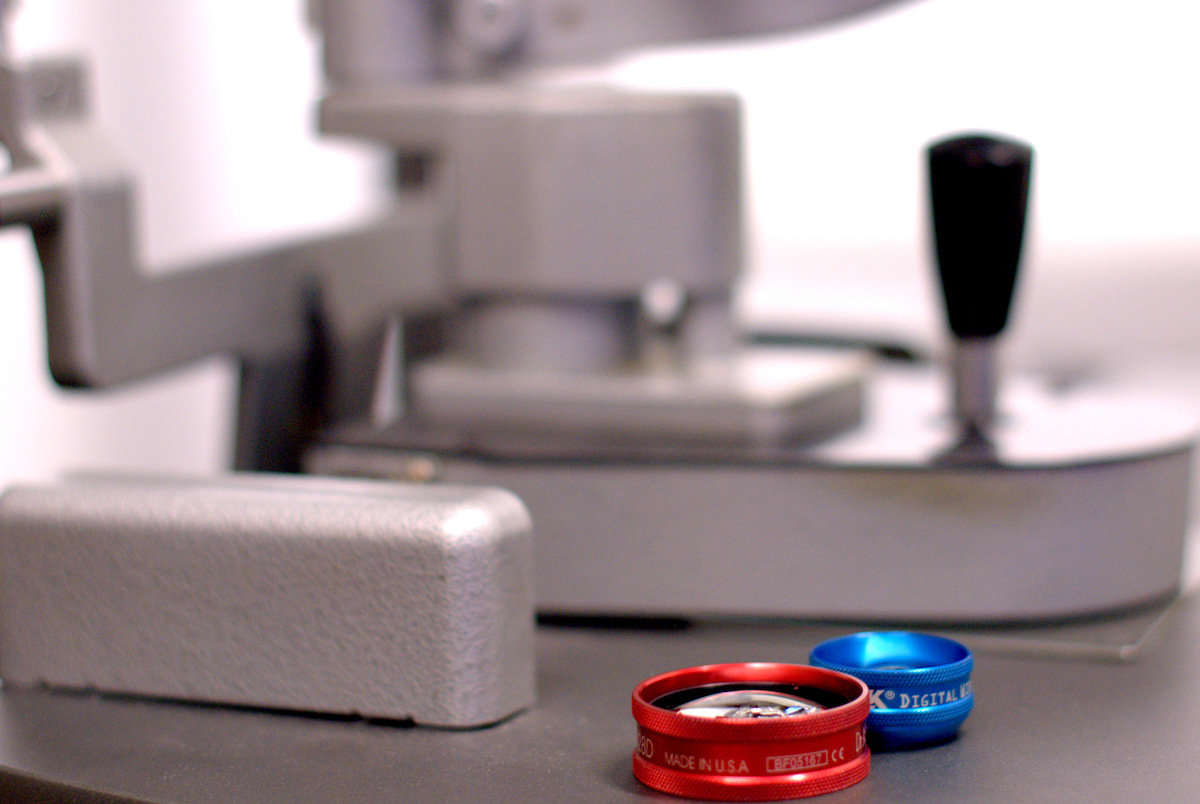What is Central or Branch Retinal Vein Occlusion?
The retina is a light-sensitive layer of tissue that lines the inner surface of the eye. It captures light and sends signals to the brain that result in vision.
A retinal vein occlusion occurs when a major vein in the retina is blocked, resulting in bleeding and leakage of fluid in the central retina (macular edema). Due to the occlusion, the eye may create abnormal new blood vessels which can further bleed into the eye (vitreous hemorrhage). Both macular edema and vitreous hemorrhage can decreases your vision. The new blood vessels may cause the pressure to increase in the eye, resulting in pain.
Blockage of the main vein is called ‘Central Retinal Vein Occlusion (CRVO)’
Blockage of a smaller vein is called ‘Branch Retinal Vein Occlusion (BRVO)’

Why does it happen?
Certain conditions increase your risk of getting a vein occlusion:
- Diabetes
- Glaucoma
- High blood pressure
- Blood clotting disorders
- Age-related vascular (blood vessel) disease, smoking
If there is uncertainty on why you developed this condition, especially in the younger patients, Dr Sharma may need to organise further tests with your GP.If one eye has had a vein occlusion, the other eye has an increased risk also.
Treatment
There are three main types of treatment, depending on the extent and severity of the vein occlusion.
Intravitreal injections
Injections of medication into the eye help to reduce the ‘macular oedema’, the swelling and leaking in the centre of the retina. The oedema reduces your central vision, and is assessed through an OCT, an advanced eye imaging machine. The treatment has been a relatively recent development, and has resulted in much better outcomes for patients. This treatment does need to be repeated several times to control or improve the edema. We have the latest medications used in the treatment for vein occlusions.
Laser
Occasionally, laser treatment may need to be applied in the clinic to prevent new abnormal blood vessels from growing in the retina, and to limit the leakage of vessels causing ‘macular oedema’. Prior to the laser, you may need a fluorescein angiogram, a test where a dye is injected into your arm and we take pictures of your eye to check which blood vessels are leaking.
Vitrectomy
If there has been a big bleed inside the eye, then it may be necessary to operate on the eye. The operation removes the blood that accumulates in the vitreous body, the jelly-like substance that fills the inside of the eye. During the surgery, you may need laser and injections to prevent the bleed from occurring again.
All treatments have risks and benefits. Depending on your vision and the results of advanced imaging of the eye, we will discuss with you in detail the best plan and potential treatment for your eyes.

